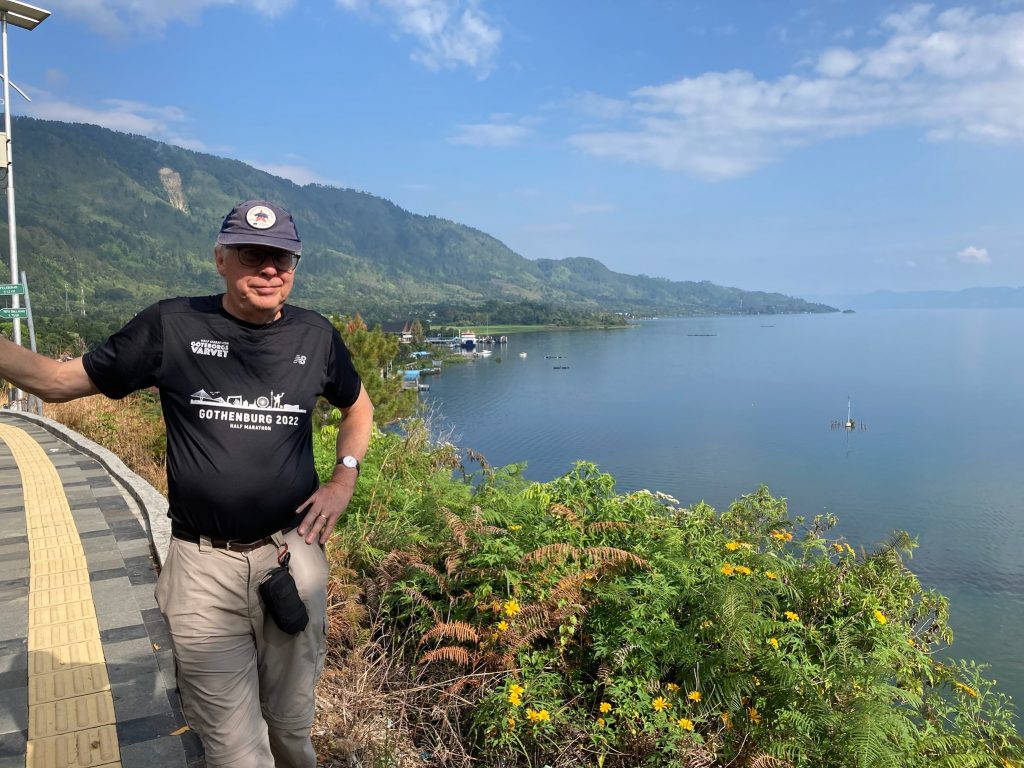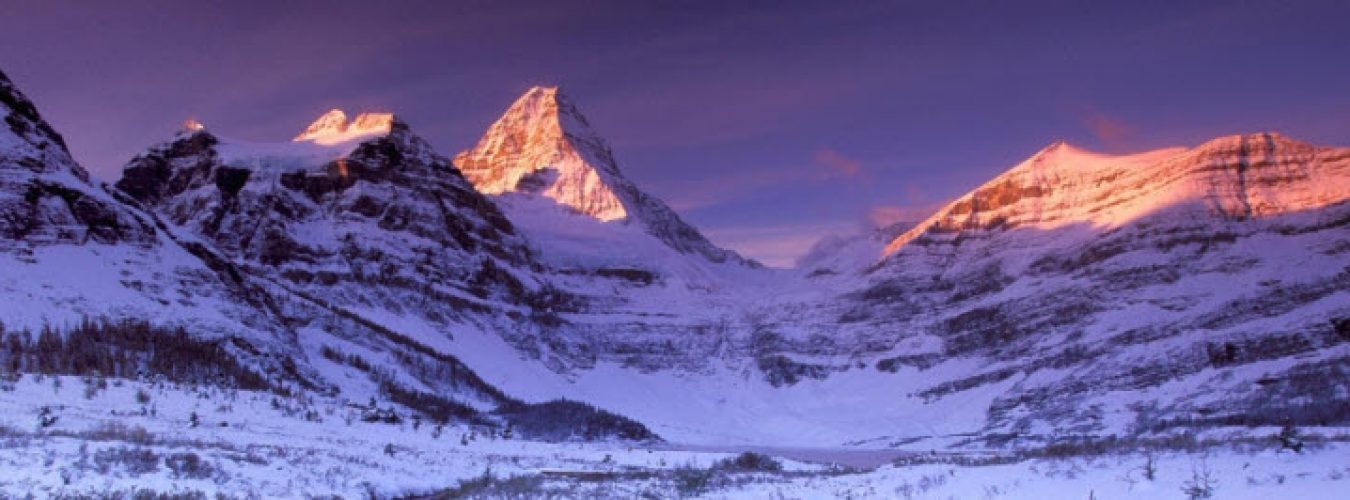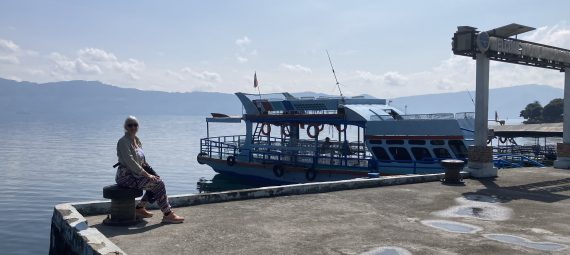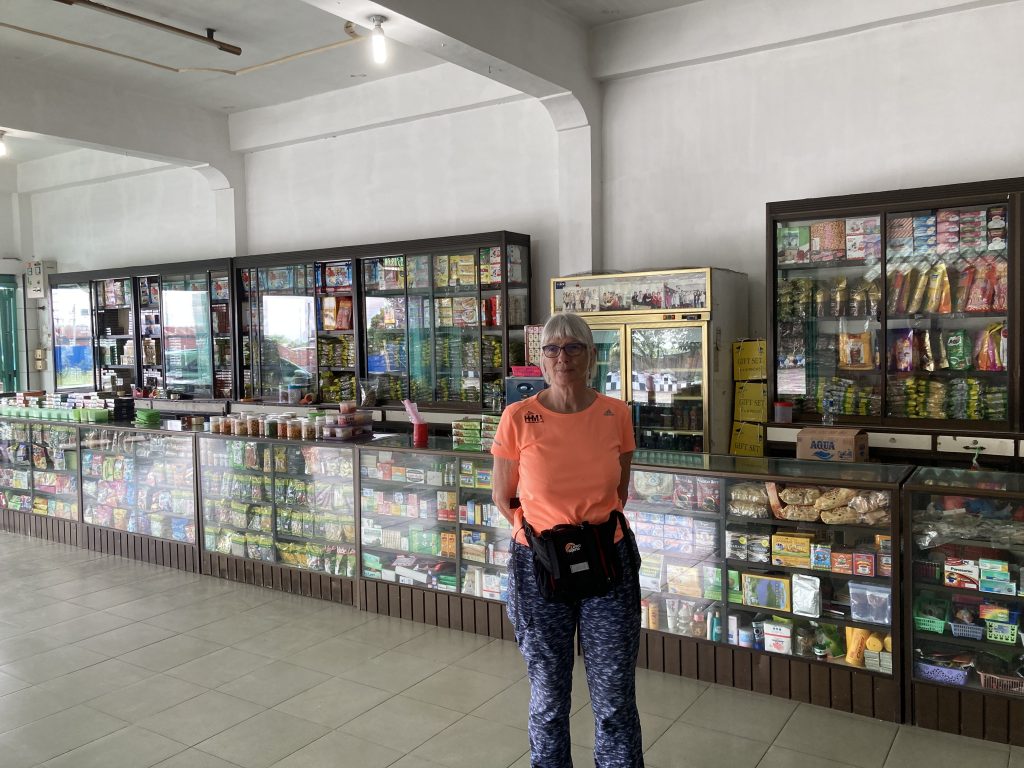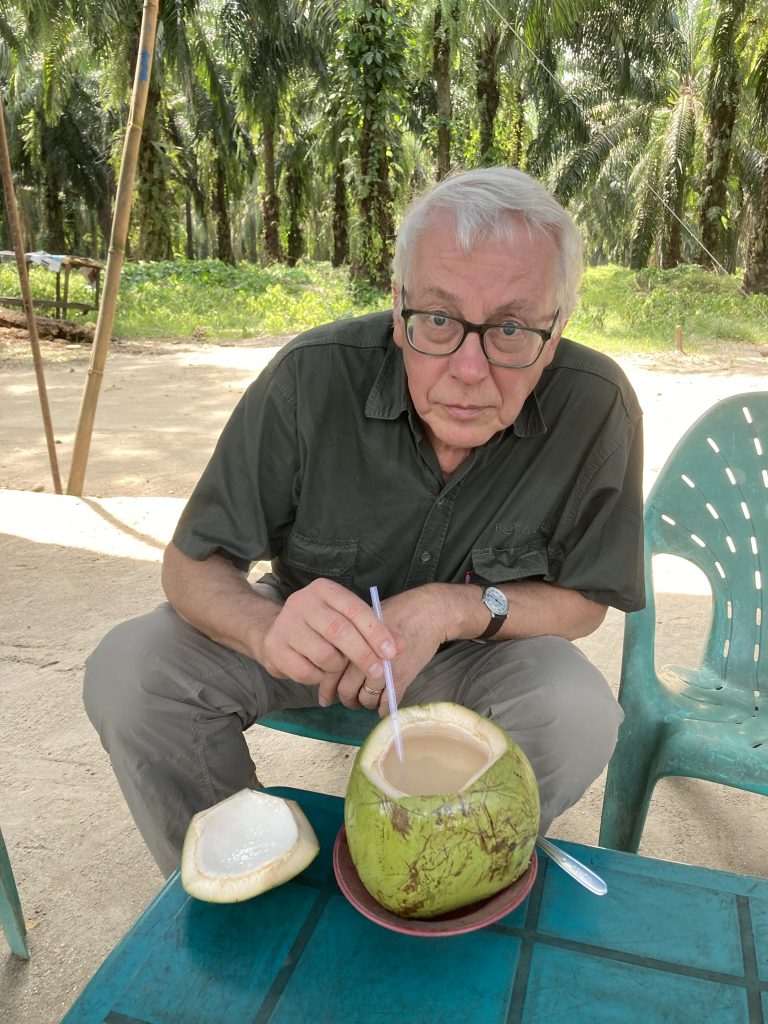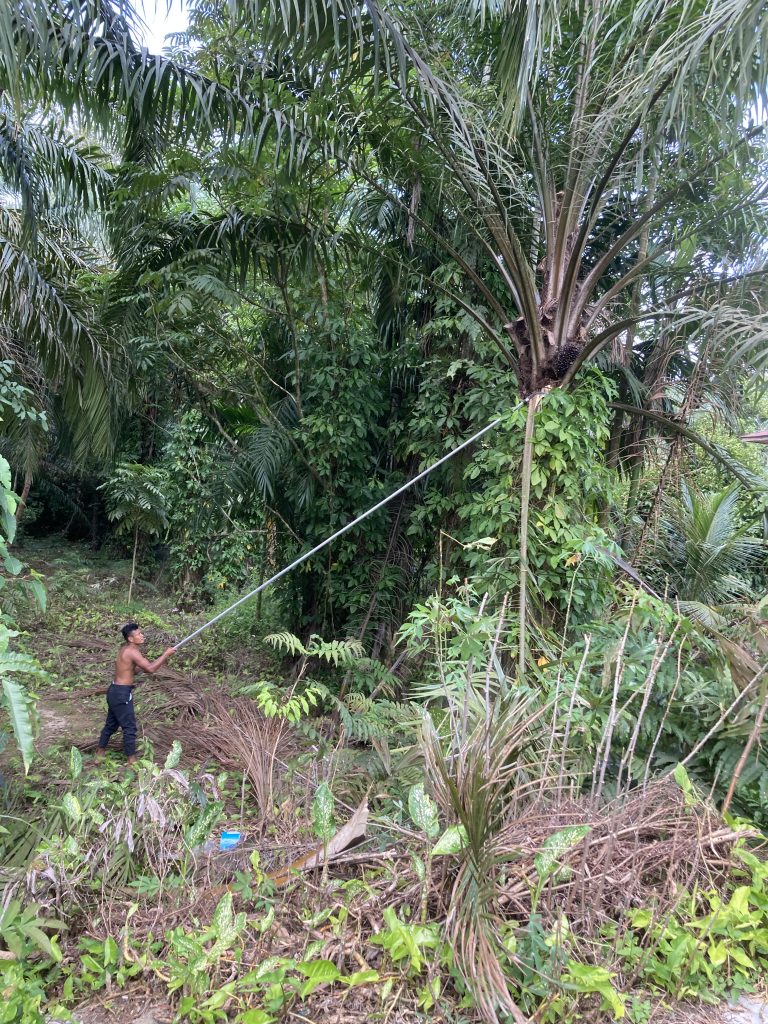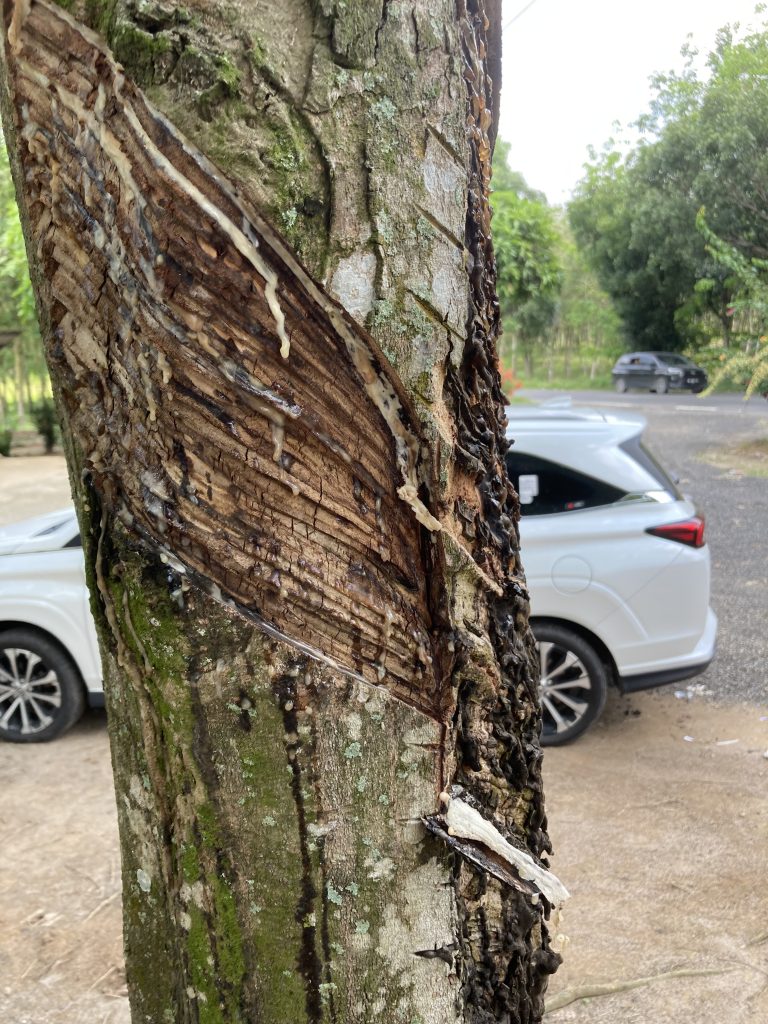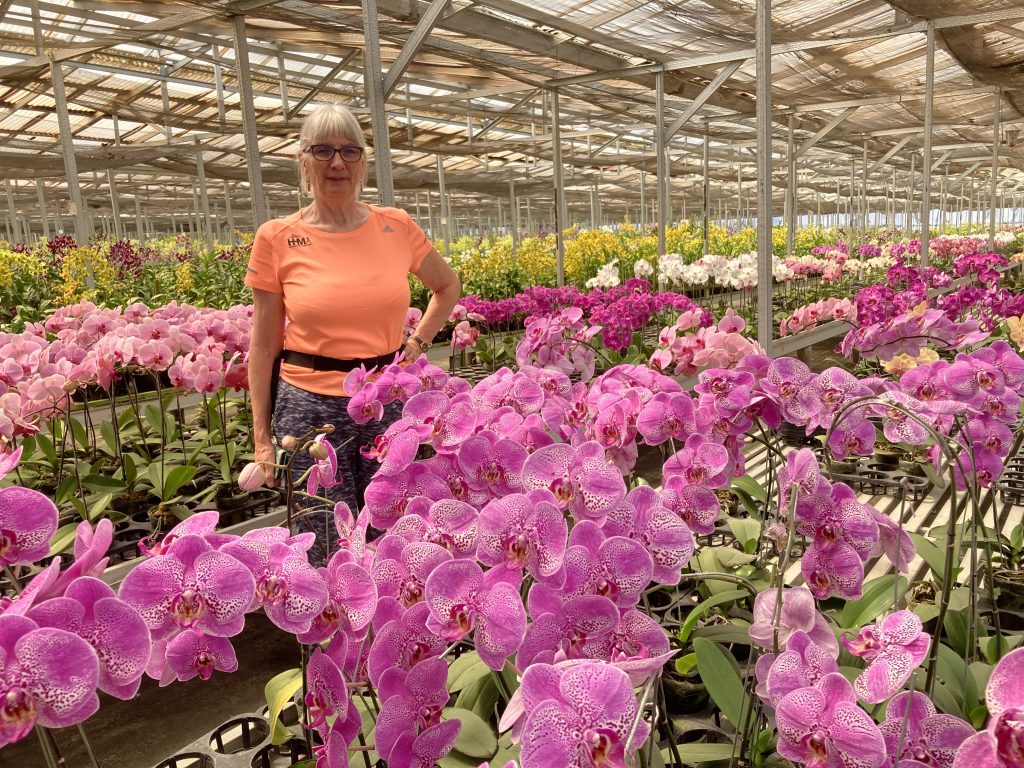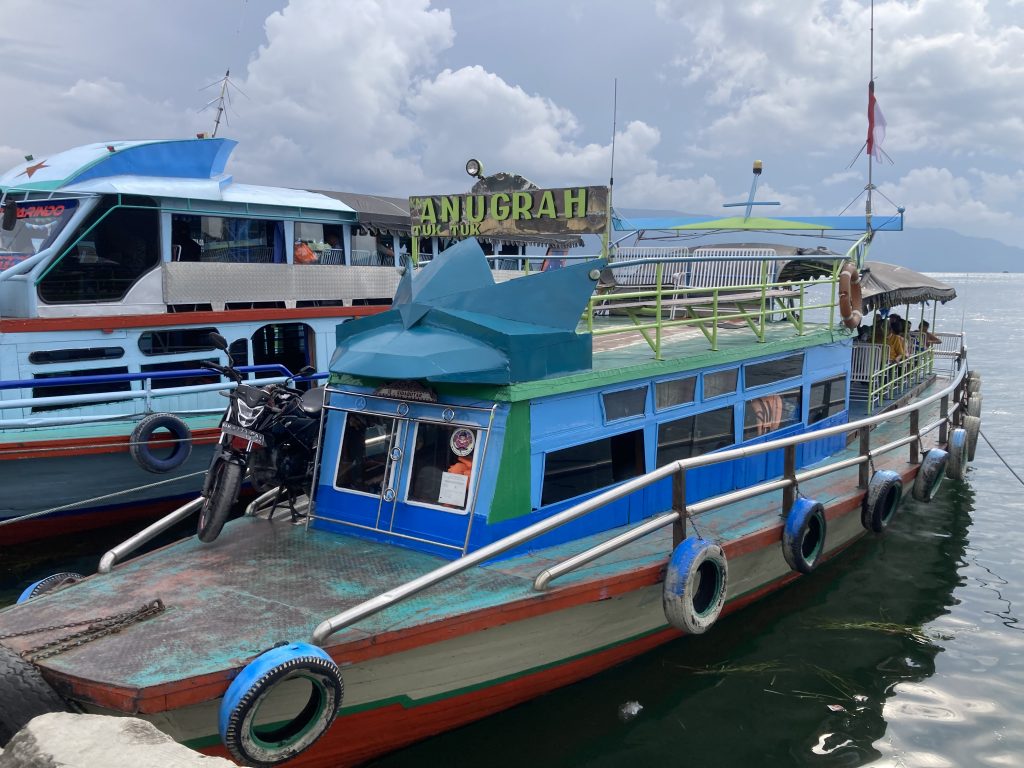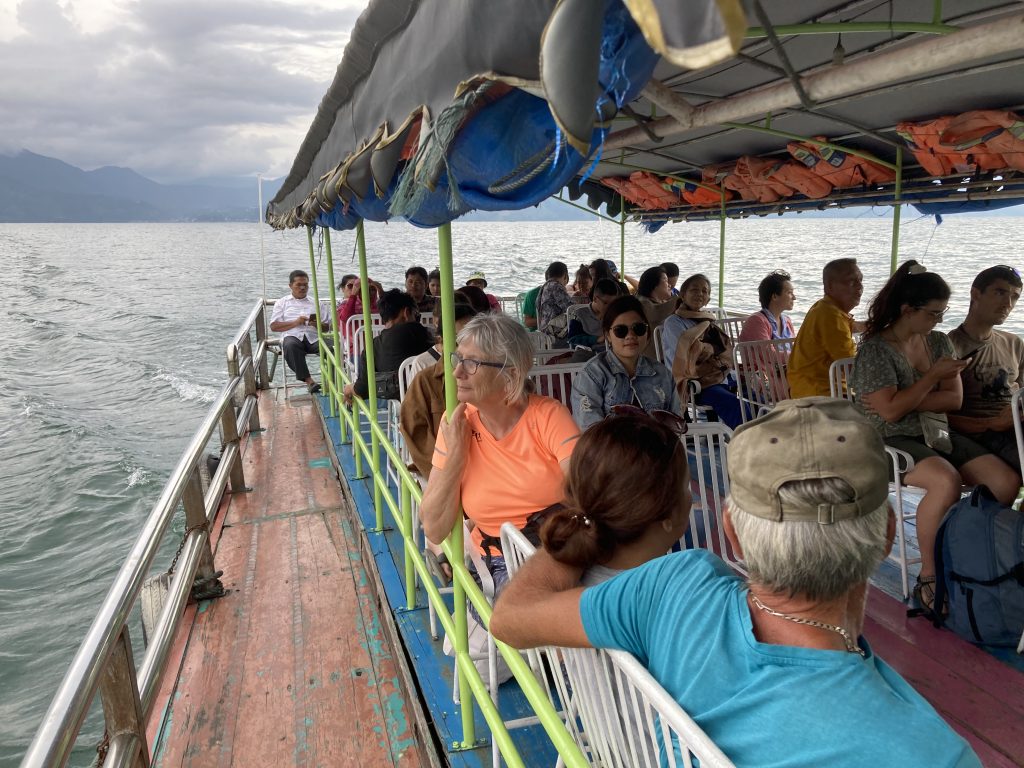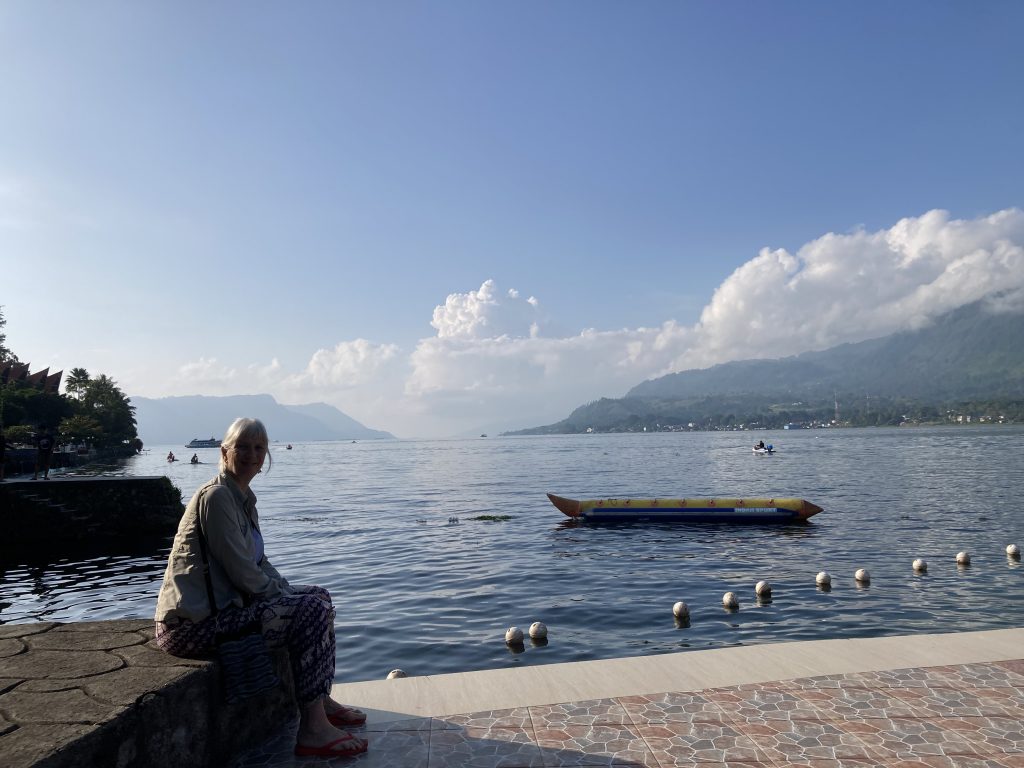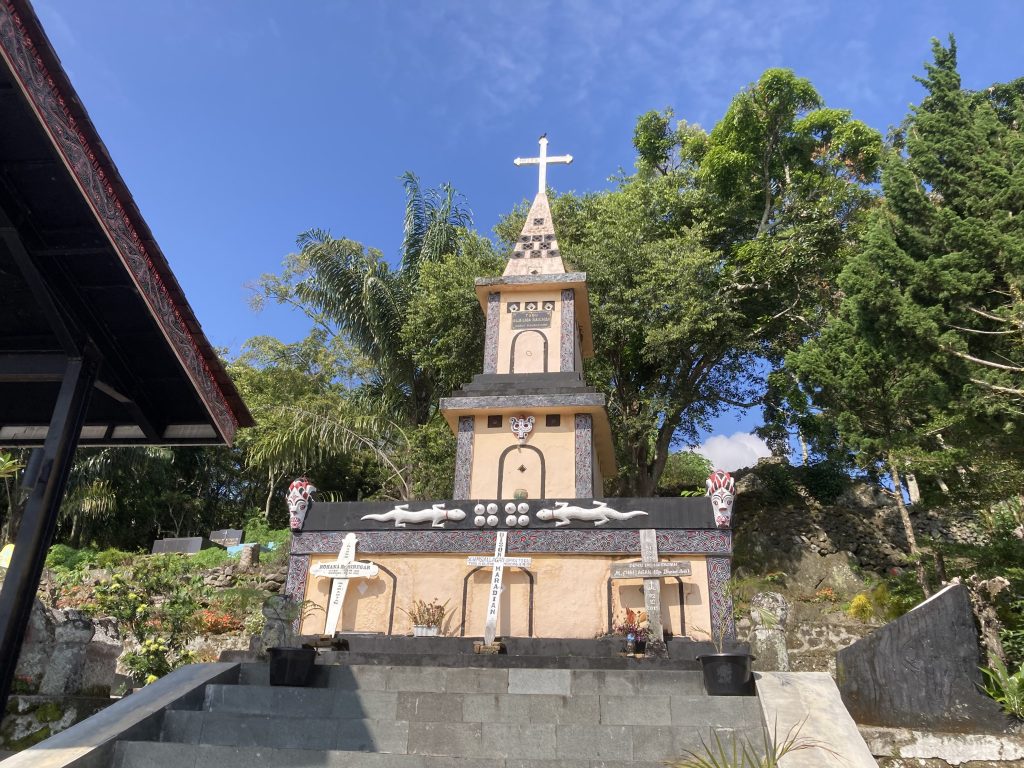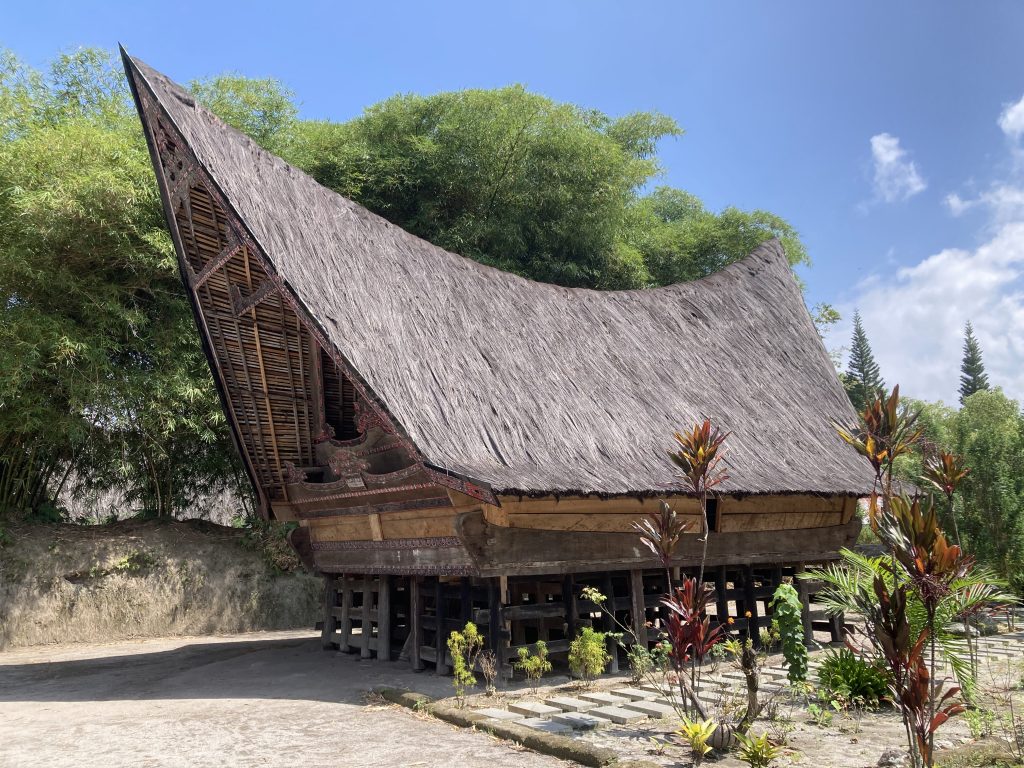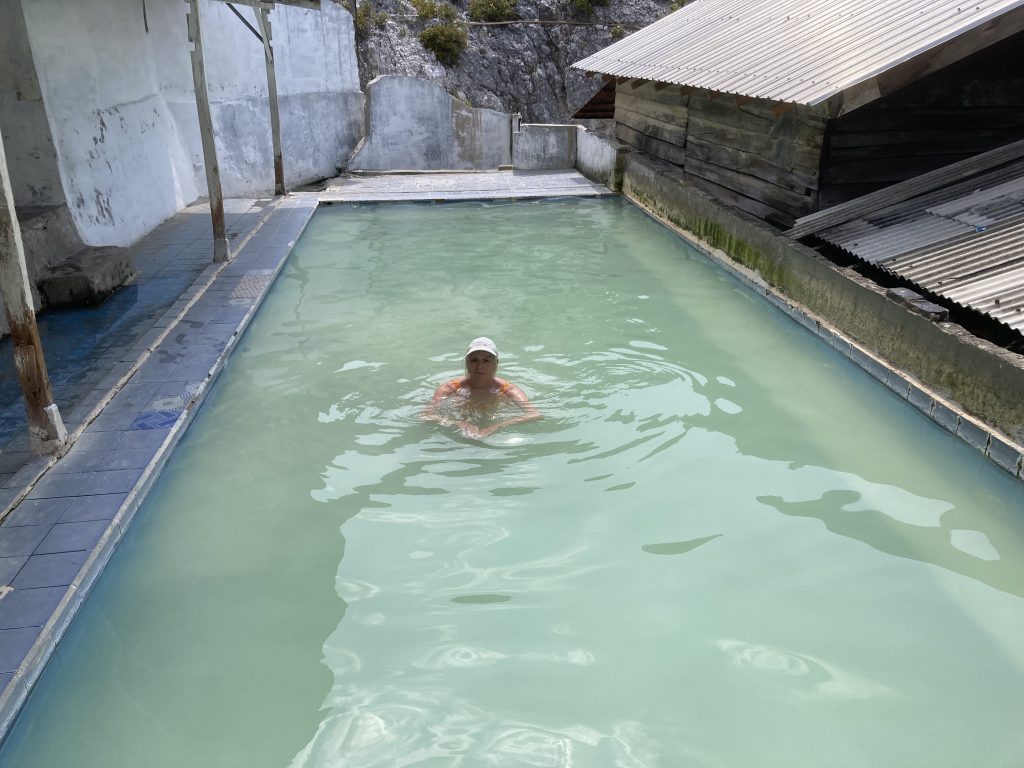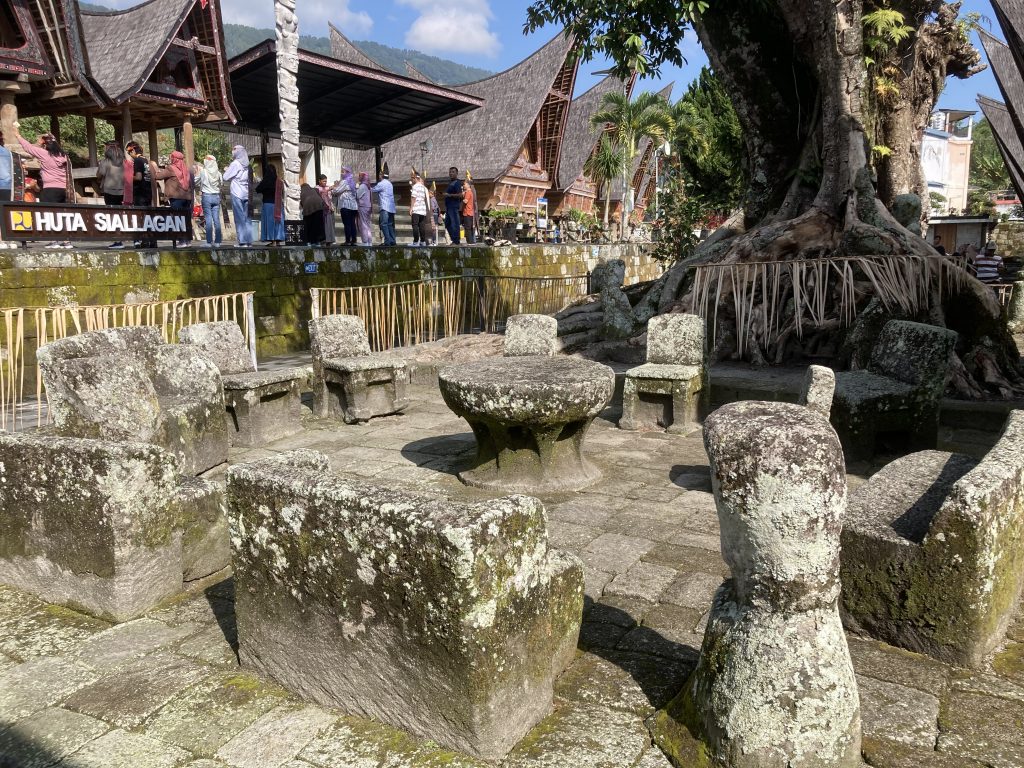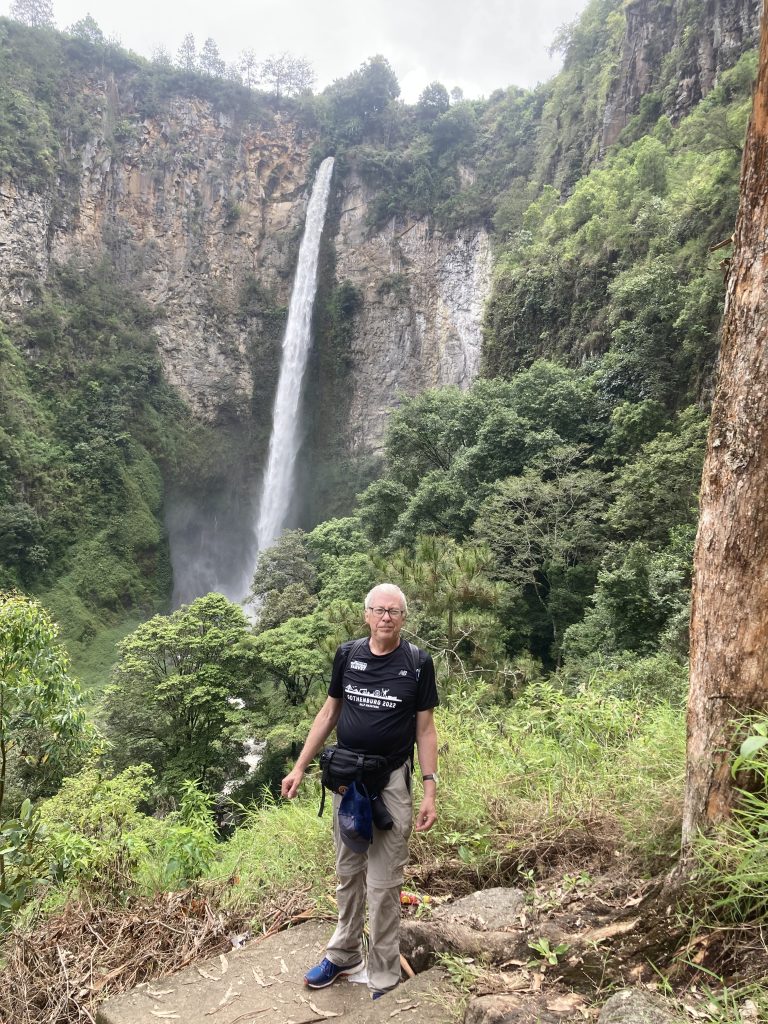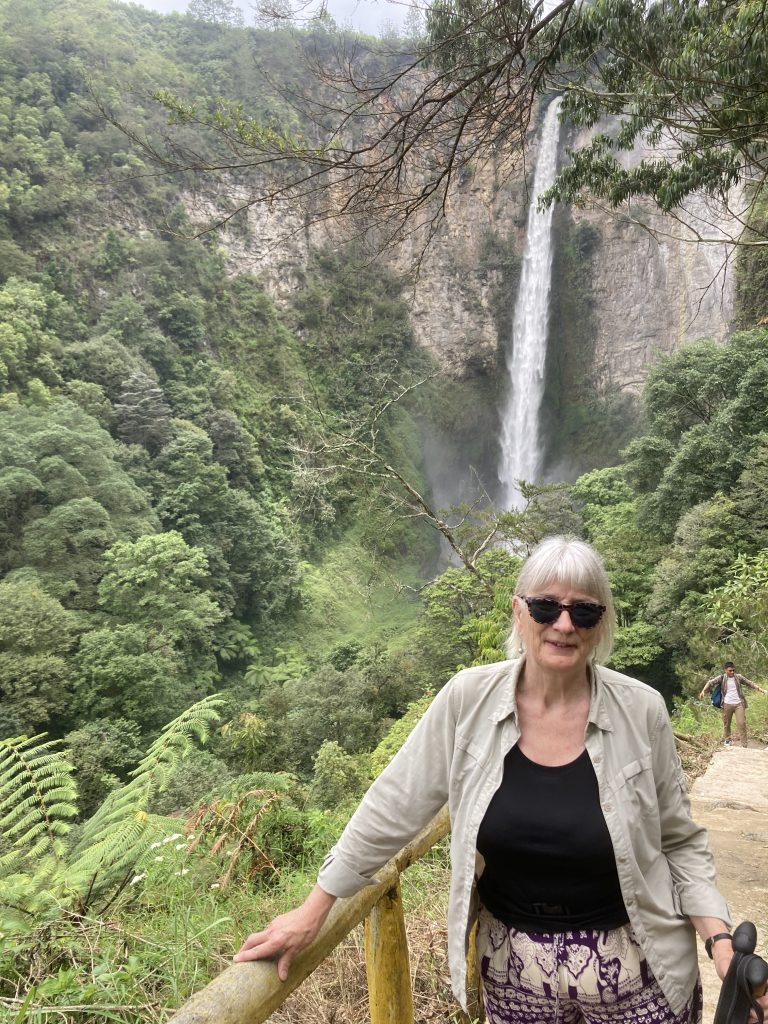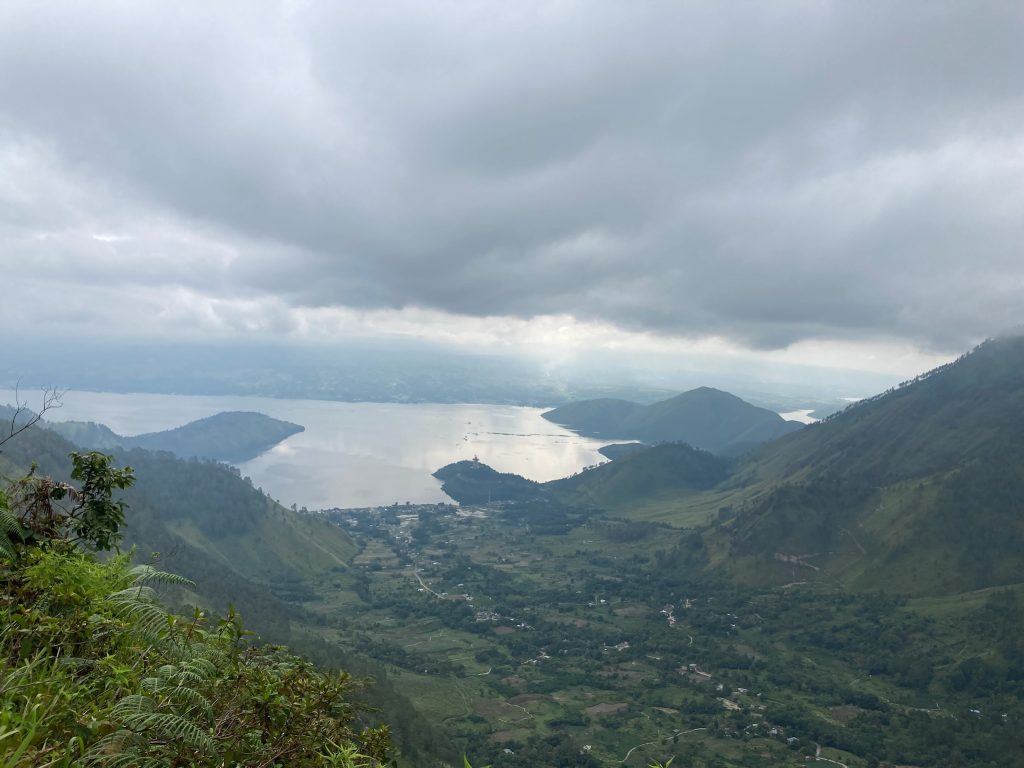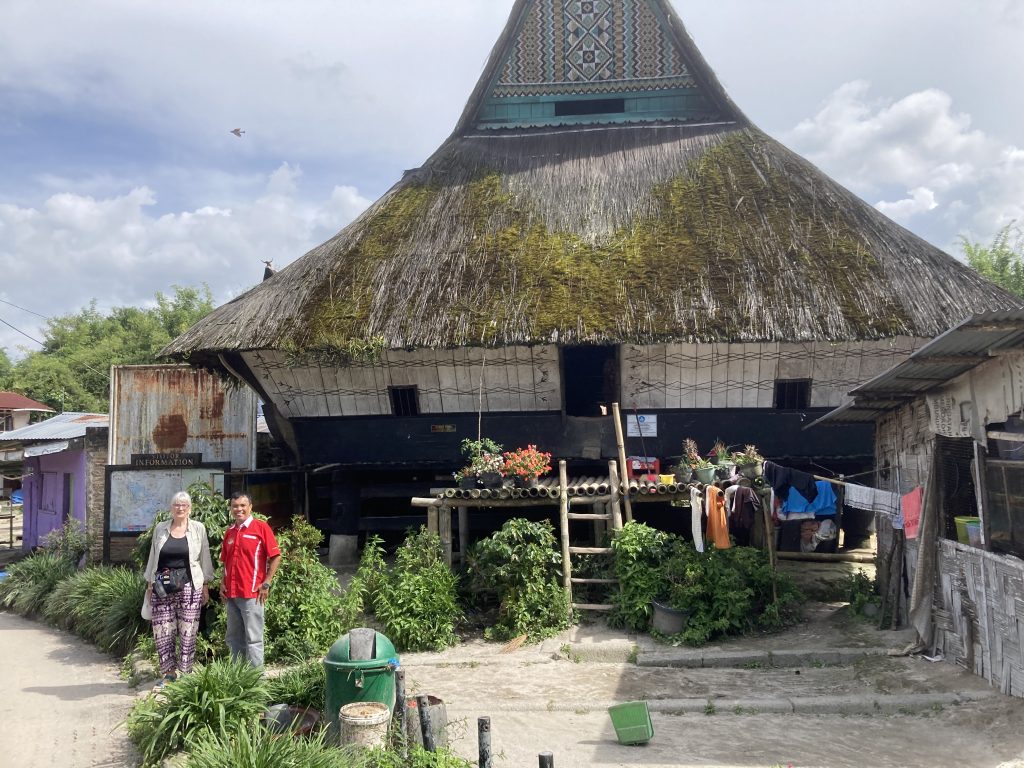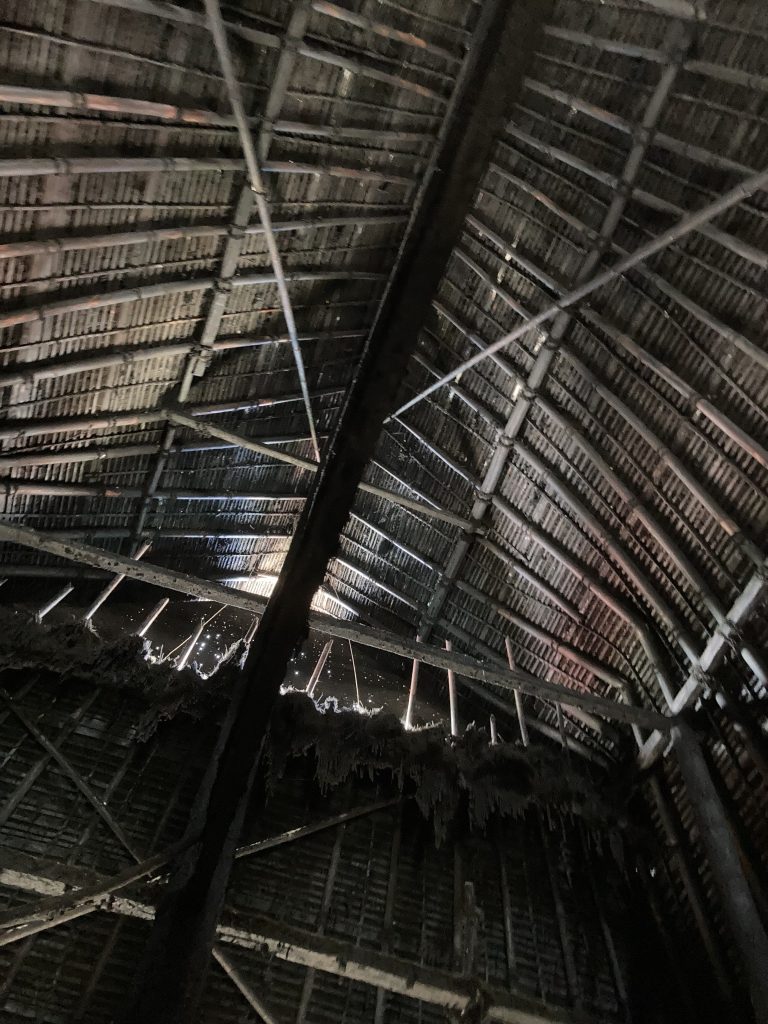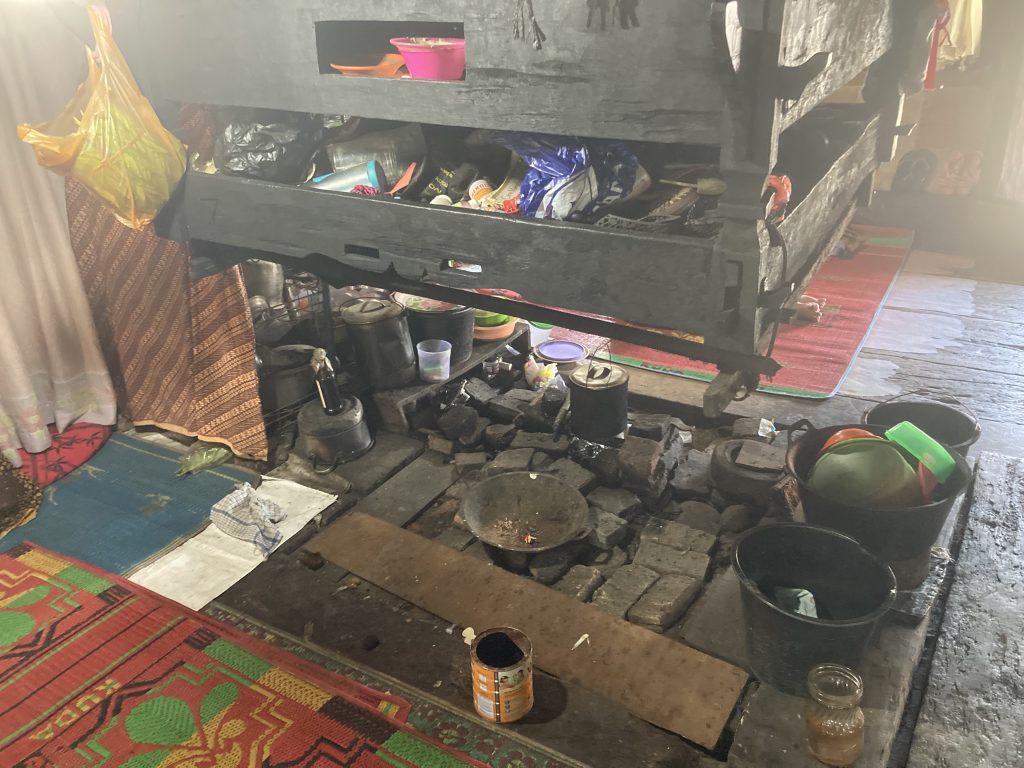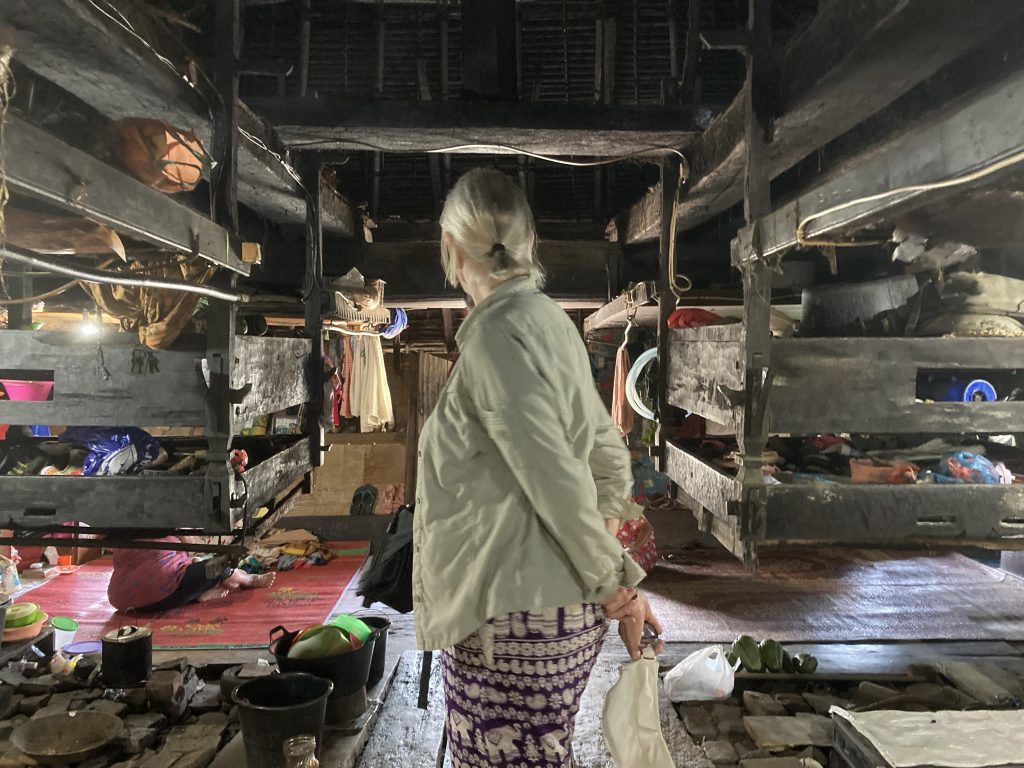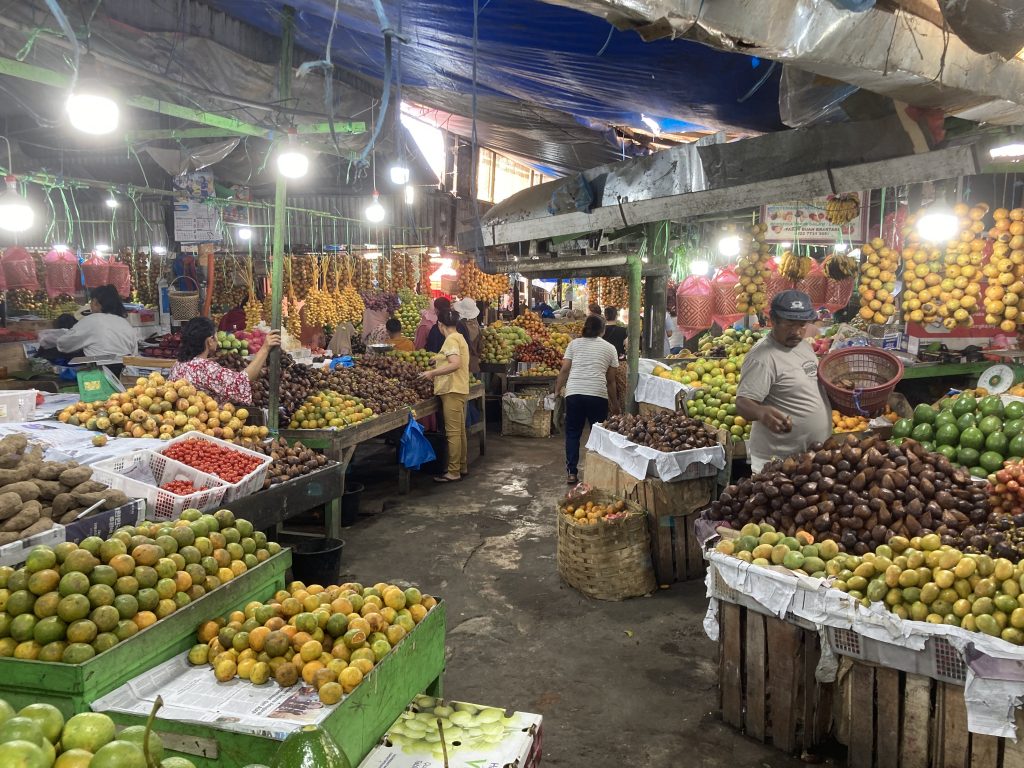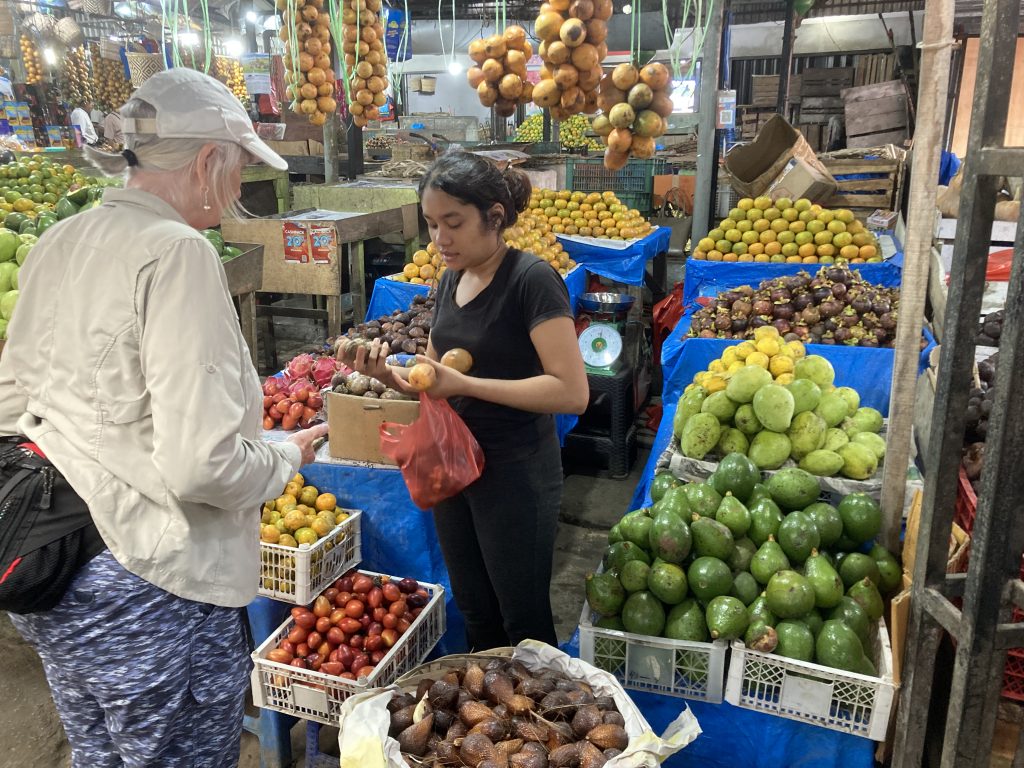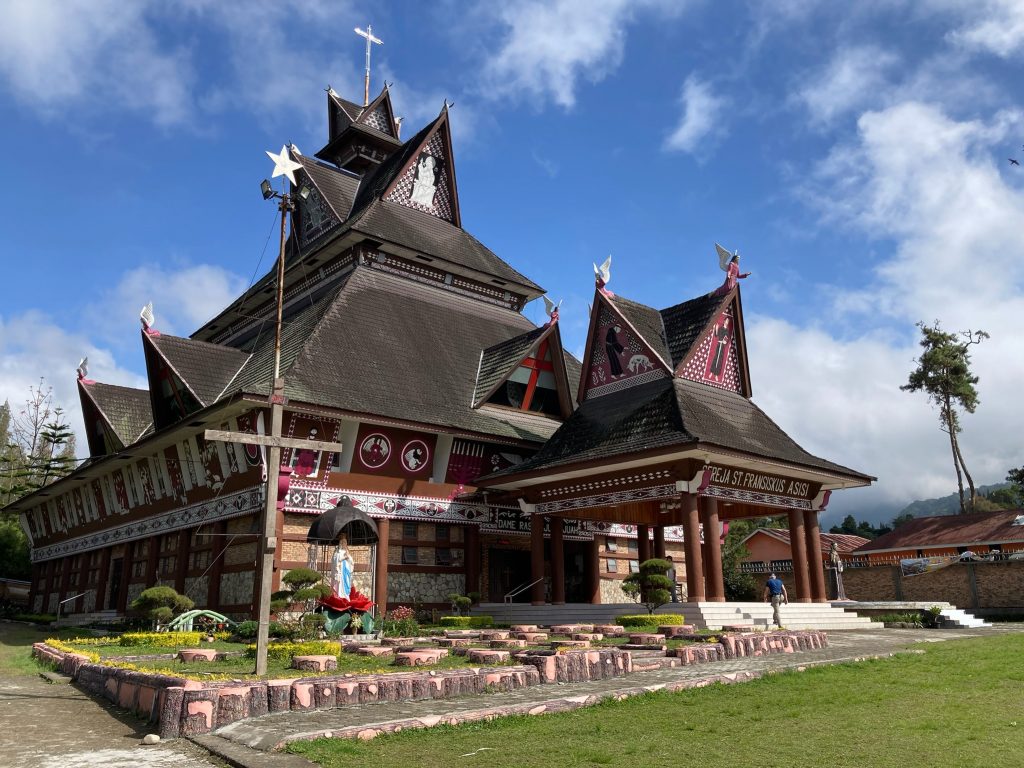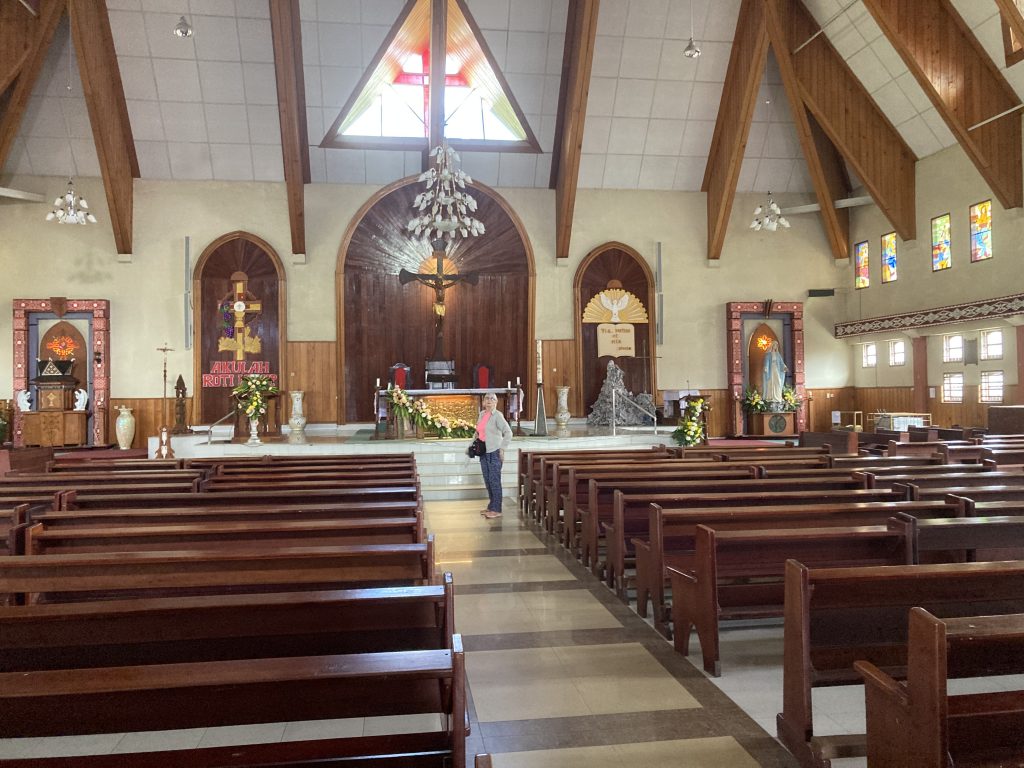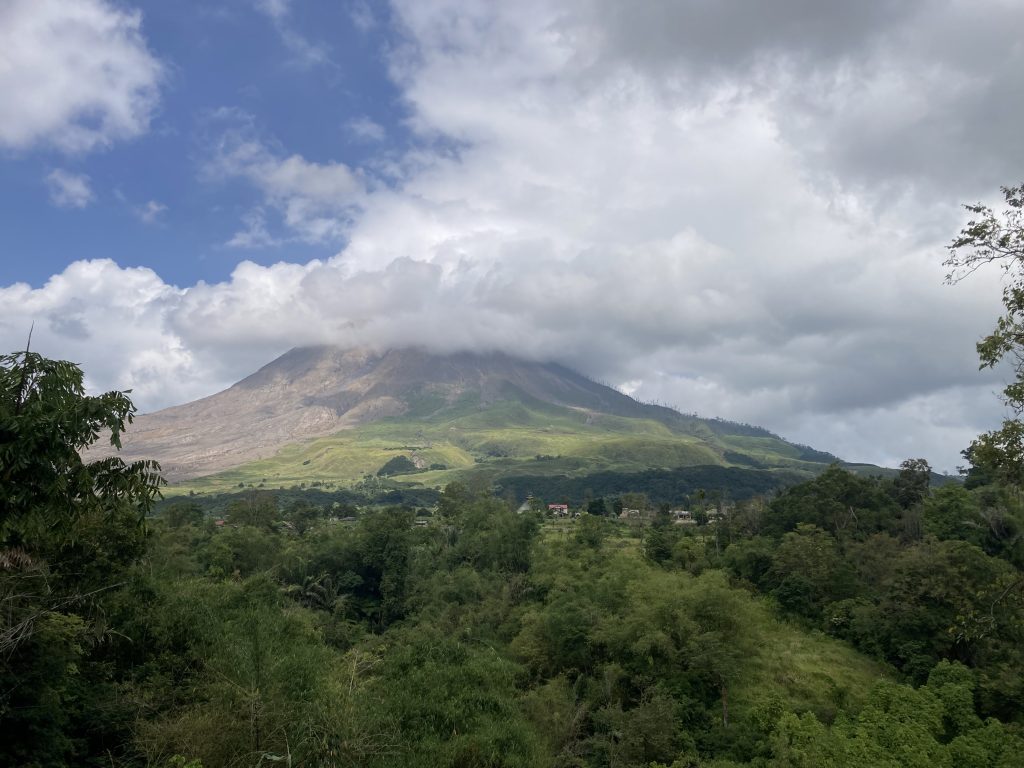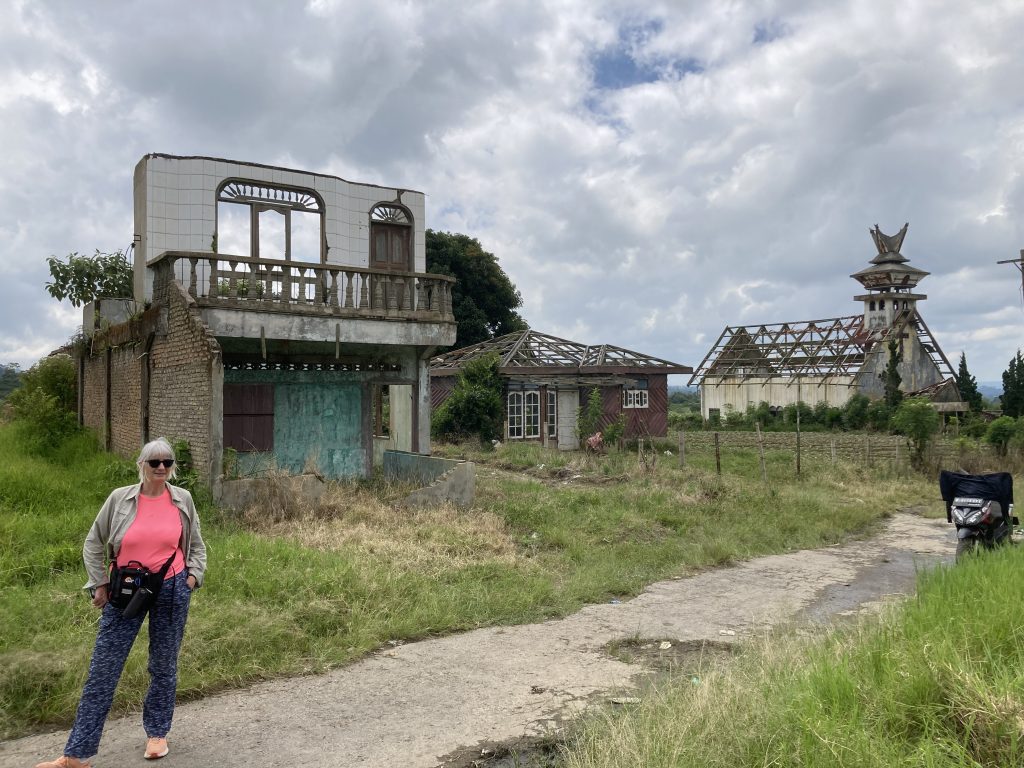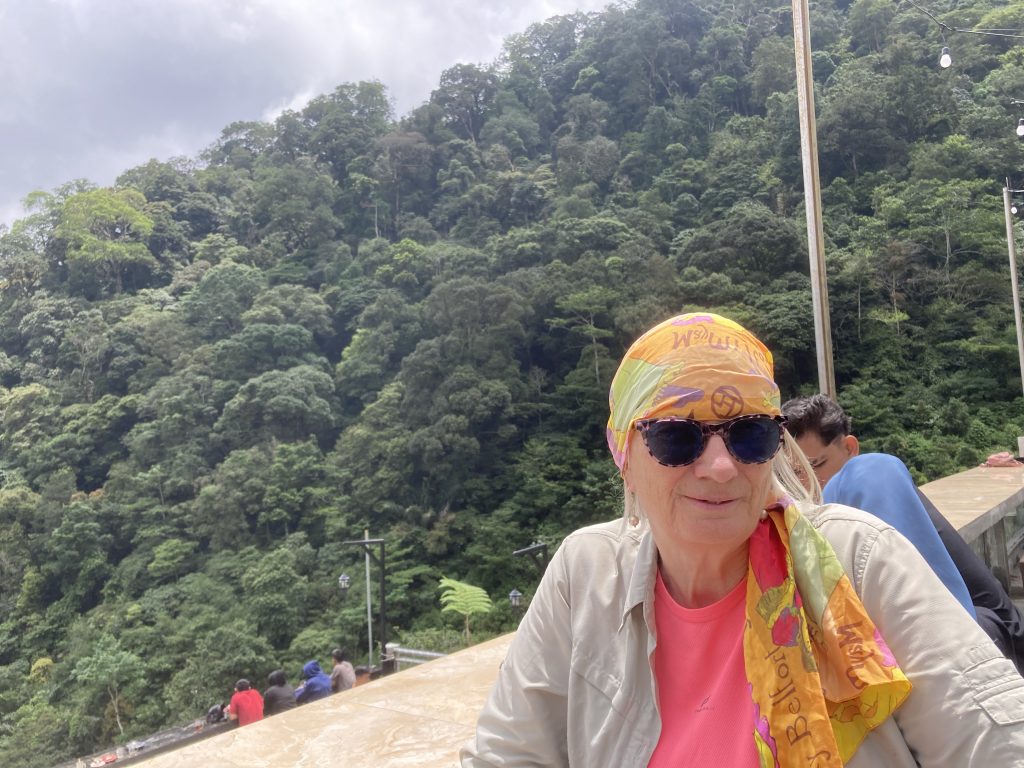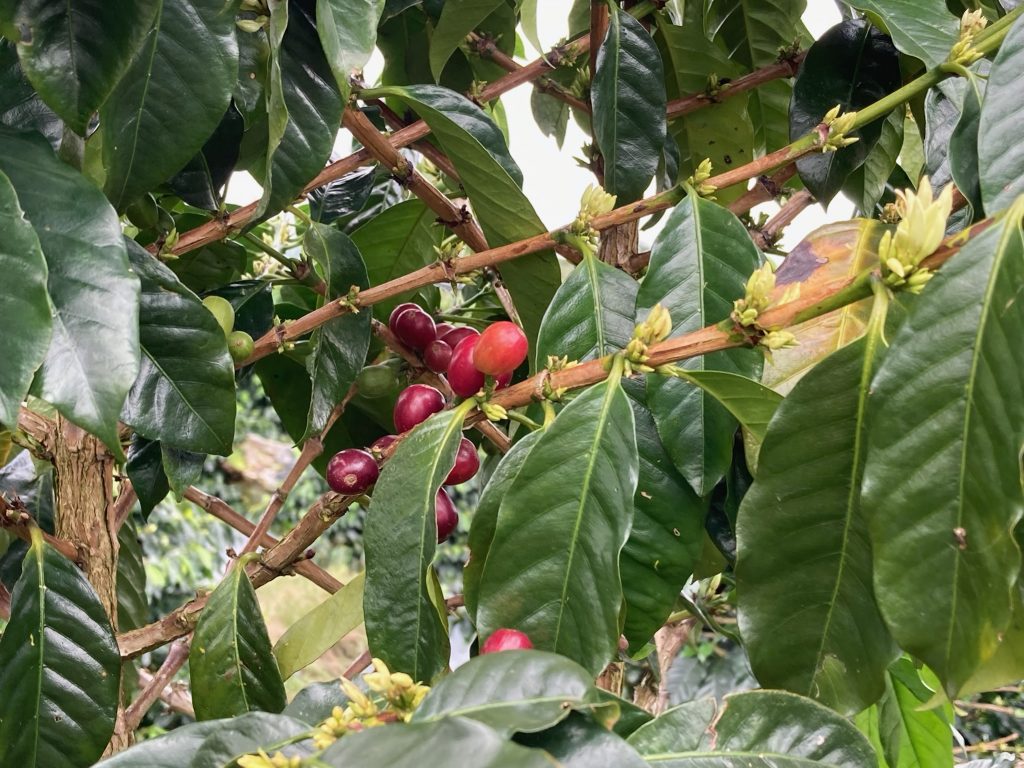22nd to 26th April
Medan
We arrived at Medan’s International airport to be met by our guide Lindung and driver Egi. This is a new phase of our journey, a personal guided tour of Sumatra.
When our booked expedition ship from Manila to Kobe in Japan was cancelled, only days before our departure from London, we determined that the best way to proceed to Japan, with minimal air miles, was to travel half the length of Indonesia. We found a route via Penang to Sumatra, but we didn’t have the time to explore how to make the journey through Indonesia independently. Hence we arranged a tour through Trailfinders, adapted to reduce our air travel.
This has meant a completely different mindset. We have been relishing the prospect of someone else taking care of the travel arrangements and activities for a while, but we have lost our independence and flexibility. We are pleased that we’re only using a guide for small chunks of our journey; we’re not very good at following instructions!
The drive to Medan was busy as we were still in the midst of post Ramadan holidays. The hotel in Medan was very upmarket, and despite Peter looking forward to eating satay, we couldn’t find somewhere we fancied dining, so ate a set menu at the rooftop restaurant. The food was European but absolutely delicious.
Lake Toba
The next day, Sunday, involved an almost full day’s driving to Lake Toba, and a short passenger ferry crossing to our lakeside accommodation for 2 nights.
We stopped a couple of times to look at rubber being collected from the rubber trees and look at palm oil trees. We drove through miles of plantations. Both the rubber and palm oil trees were introduced into Indonesia by the Dutch.

Harvesting Palm Oil 
Harvesting Rubber 
Blooming Orchids
Tabo Cottages, where we stayed for 2 nights on Samosir Island was a pleasant setting by the lakeside although the food was pretty bland, probably because it was adapted to western tastes. Well, it wasn’t for us!
Lake Toba is the biggest in SE Asia, and occupies the caldera of a volcano that erupted 74,000 years ago. It is 100km in length, with Samosir island at 70km long.
We spent a day touring the island, learning about the Batak people, viewing their unusual houses, visiting some of their villages, seeing their stone chairs and hearing about their barbaric customs, before they converted to Christianity. Their tombs were dotted everywhere, where the most venerated receive 2 burials, first the bodies, then the bones, several years later. The island has only two roads, and one of them is barely passable.
We drove across a new bridge to the mainland to the Observatory Tower, which is being rebuilt, so had to retrace our route. We instead chose to go to the hot sulphur springs, which were very hot and slightly unsavoury, but very cheap and we had the ladies’ pool to ourselves.

Tomb 
Traditional House 
Hot Baths 
Stone Chairs
Everywhere was busy because of the holidays; the queue for the ferry, which we planned to take the following morning was hours long. We left early, but even so, it transpired that we would have had to wait four and a half hours to be able to board the ferry. So, off we went, back to the bridge to the mainland that we had taken to the aborted viewpoint, to drive to Berastagi. This meant that we were deviating for our itinerary, providing a bit of excitement.
En-route to Berastagi
We drove back up past the site of the new observatory under construction, and stopped at a fantastic viewpoint, which we had missed the day before, by turning back too soon!
Finally we reached our next stop, the Sipiso-piso waterfall, with a 120m drop. The place was mobbed. We wandered around at the top, with loud music playing and a distant view of Lake Tabo, partly obscured by clouds.
We noticed that there were steps descending to the pool at the bottom of the waterfall. Our guide had plans for lunch – we had other plans. So while our driver and guide enjoyed their lunch, we followed the steep path down to see the waterfall from below. We’d made a deal, which meant we only had 45 minutes before we were due back at the car. We managed to get quite far down, thoroughly enjoying burning off, rather than consuming, calories. There were lots of teenagers on the steps who encouraged us both at every turn. Great!
Berastagi is in the Karo highlands, at 1300 metres above sea level, giving some respite from the heat. Our “grand” hotel had seen better days. Our room faced the road, and with the balcony windows unable to shut, the traffic was so noisy throughout the night, it felt like we were sleeping in the middle of the road.
En route, we visited another Batak house, built of wood about 500 years ago. It houses 8 families in communal living; it now boasts electricity and there are public toilets in the village. The rent is about £2.50 a month, so particularly convenient for poor farmland day labourers.

Welcome in! 
High, cool roof 
Kitchen & Larder for two families 
Tough living
Berastagi is famous for its fruit market which we enjoyed, stocking up on exotic local fruits. Our drive took us past much arable land, with vegetables, fruit and coffee trees.
It also boasts The Church of St. Francis of Assisi, built in the style of a Batak Karo house. The styling is clean, calm and airy, seemingly a mix of Indonesian, Dutch and Scandinavian. A real gem.
Just before checking out of our hotel, we realised that the guide’s itinerary did not match ours. We had amended a standard tour package to remove a visit to an elephant sanctuary (we had determined to pass on the elephant bathing), and include more time in the rainforest looking fo orangutans.
So the itinerary was quickly amended to bypass our planned overnight stop and go directly to the ecolodge at Bukit Lawang for two nights.
This involved a shorter distance in the car, over the highlands, past two active volcanoes. On the road, we couldn’t believe how many youngsters were travelling the roads on motorbikes to enjoy an extended holiday.
We stopped at the abandoned and destroyed village near the Sinabuang volcano, and a restaurant where we chose to skip lunch – after all we had all that fruit from the market! The restaurant had lovely views across the paddy fields, but was not clean and the loos were a tin shack across the road!

Angry Volcano 
Destroyed Village 
Cool in the heat 
I love coffee
Finally we arrived at Bukit Lawang, across a simple wooden suspension bridge, and our ecolodge on the edge of the Gunung Leuser National Park for two nights.
